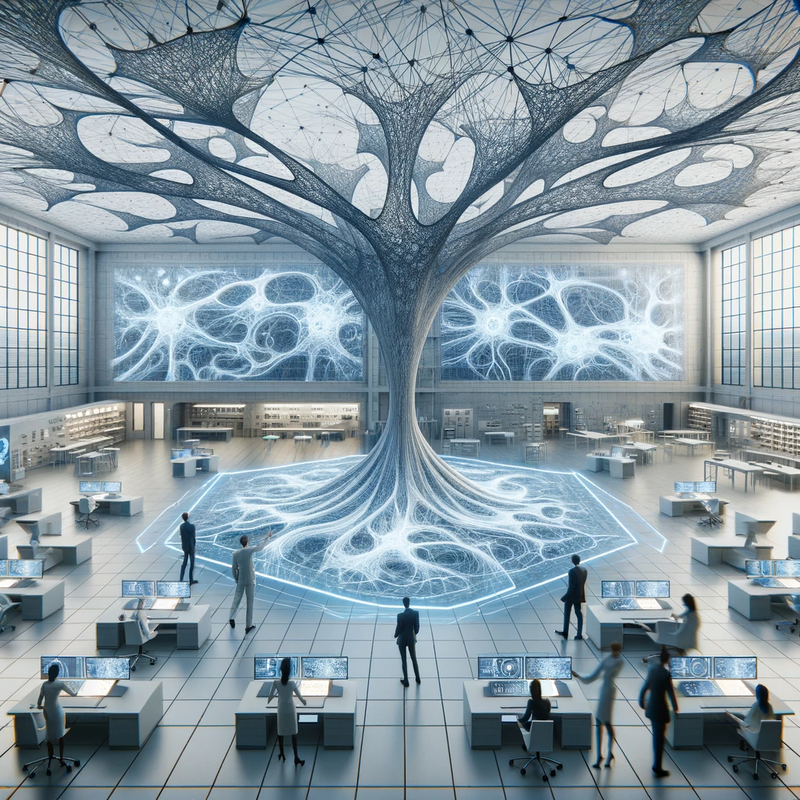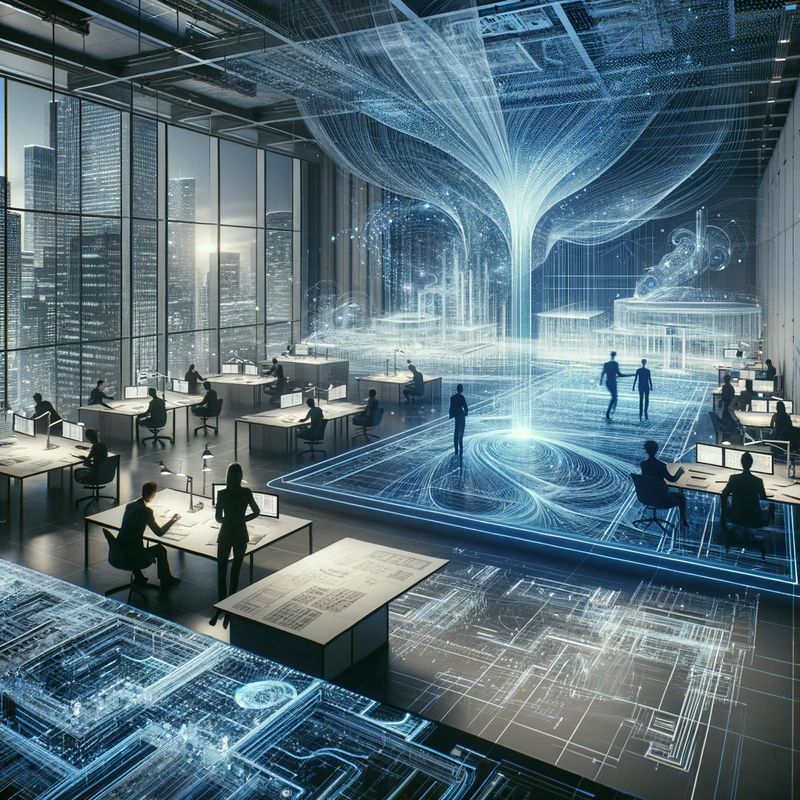Deep Learning and Design: How Neural Networks are Shaping Modern Architecture.
The world of architecture, long steeped in a tradition of craftsmanship, artistic flair, and intuitive design, is undergoing a paradigm shift in the face of rapid technological advancements. Among the most influential of these is the emergence of deep learning and its foundational mechanism, neural networks. This subset of machine learning is transforming various industries and architecture is not immune to its allure. Deep learning, mainly through neural networks, offers architects new tools and methodologies, reshaping their designs and how they approach their craft.
Understanding Deep Learning and Neural Networks
Before delving into the intricate dance of deep learning and architecture, it's crucial to grasp the basics. Deep learning is a subset of machine learning inspired by the structure and function of the human brain, specifically, neural networks. These networks make up layers of interconnected nodes or 'neurons.' Each connection has a weight, which adjusts as the network learns from data, helping it decide predictions about new, previously unseen data.
Deep learning mimics human intuition but at a scale and speed that humans cannot match. It excels in recognizing patterns, parsing vast datasets, and drawing connections, making it particularly valuable in fields that revolve around creativity and complex decision-making–like architecture.

Design Optimization and Evolution
Design optimization is one of the most immediate applications of neural networks in architecture. By feeding a neural network information about successful architectural designs, material properties, spatial constraints, and user feedback, architects can get suggestions for design tweaks and refinements.
Neural networks can engage in a process called 'generative design'. Here, given a set of design parameters and objectives, the network can generate countless design variations. With each iteration, the designs evolve, much like in a process of natural selection, with the 'fittest' designs meeting the desired criteria best.
Predictive Analysis for User-Centric Spaces
A building or space is more than just a static entity; it interacts dynamically with its inhabitants. Deep learning allows architects to predict how people will use and move through a space. By analyzing data from similar environments or using virtual simulations, neural networks can predict foot traffic patterns, areas of congregation, and points of interest. Such insights can inform everything from placing amenities to the design of pathways, ensuring spaces are aesthetically pleasing and highly functional.
Material Innovation and Sustainability
As the world grapples with climate change, the architectural realm faces mounting pressure to create sustainable, eco-friendly designs. Neural networks can assist by analyzing various building materials' properties, performance, and environmental impact. These networks can suggest material combinations previously unconsidered or optimize structures for energy efficiency, waste reduction, and longevity.
Interactive and Adaptive Environments
Imagine a room that adapts in real-time to its occupants' needs, adjusting lighting, temperature, or even spatial configurations. Neural networks, combined with sensors and smart technologies, can create environments that learn from and adapt to human behaviour. Such spaces could expect needs, ensuring maximum comfort and functionality while minimizing resource use.
Challenges in the Integration
While the potential of neural networks in architecture is vast, it's essential to acknowledge the challenges. The risk of over-reliance on algorithms might lead to designs that, while optimized, lack a distinct human touch or cultural context. The steep learning curve is also associated with understanding and applying deep learning effectively.
Ethical concerns arise, especially when using data related to human behaviour. Issues of privacy, consent, and potential biases embedded within the data or the algorithms themselves require careful consideration and management.

A Harmonious Future
The fusion of deep learning and architecture embodies the meeting of science and art. While architects have always used tools, from the humble compass to sophisticated CAD software, neural networks represent more than just another instrument. They offer a collaborative partner that can learn, adapt, and suggest, but ultimately serves the architect's vision.
The future of architecture, shaped by neural networks, promises buildings and spaces that are more attuned to human needs and more sustainable, efficient, and innovative. As with any profound change, there will be a period of change, exploration, and even skepticism. Yet, as history has shown, when technology and creativity converge, the results can be nothing short of revolutionary.
As neural networks evolve and become more ingrained in architectural practices, the essence of design will be redefined. However, the architect's pursuit of beauty, functionality, and meaning remains constant. Deep learning emerges not as a replacement but as a powerful ally in this quest, heralding a new architectural brilliance era.
Our Services
View some of our most popular services below.











